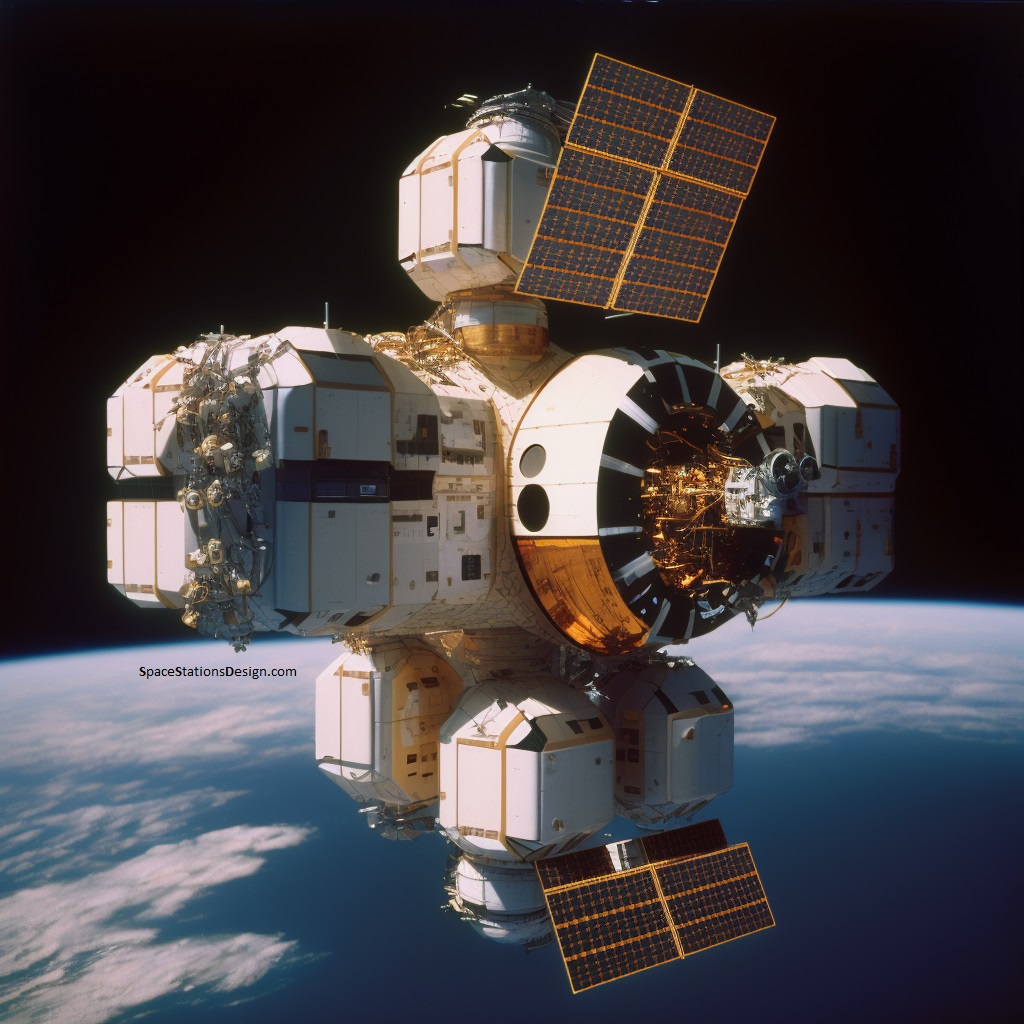It is my belief that the Commercial LEO Destinations (CLD) program issued by NASA in March 2021 is a watershed moment in the lengthy line that started in the 1971 with the 1st space station in orbit, the Soviet Union “Salyut I“, continue today with the International Space Station and the Chinese “Tiangong” Space Station and it is now stretching to the future with the commercial space stations that I am going to describe in this writing.
The Case for a Commercial Space Station
The CLD program provide an important boost to the creation of a business case for a private station in orbit, and I argue that it is instrumental in the expansion of humanity in orbital space out of the boundary of “Research & Development” activities. Before CLD, the business of a privately owned space station was very niche, with a handful of protagonists. We can trace the beginning of this industry segment with the Spacehab Corporation and Bigelow Aerospace.
The Spacehab Corporation was founded in 1984 by American entrepreneur and engineer Robert Citron and among its services, mainly to NASA, it was the first commercial operator to design, build and lease pressurized and unpressurised space, launched on the space Shuttle payload bay. They also collaborated with the Russian company RKK Energia in 1999 to design and build a module called “Enterprise”, initially a laboratory then a habitation module, to be attached to the new ISS station. This would be leased to government space agencies in a package including the launch to the station with a Soyuz TMA Spacecraft. Eventually it was not built.
The story of Bigelow Aerospace in Las Vegas starts in 1999 when real estate entrepreneur Robert Bigelow incorporate the company to manufacture and operate “In-Orbit real estate”. When the US congress cut the budget of the Transhab program (a NASA innovative, inflatable habitat for deep-space missions – not related with the Spacehab company), he bought from NASA the exclusive license to use the patents related to the Inflatable technology, as well as for the radiation and debris protection. Bigelow launched in space the first inflatable module, the “Genesis 1” test module, in 2006, and “Genesis 2” in 2007, both successful missions.


Leave a comment